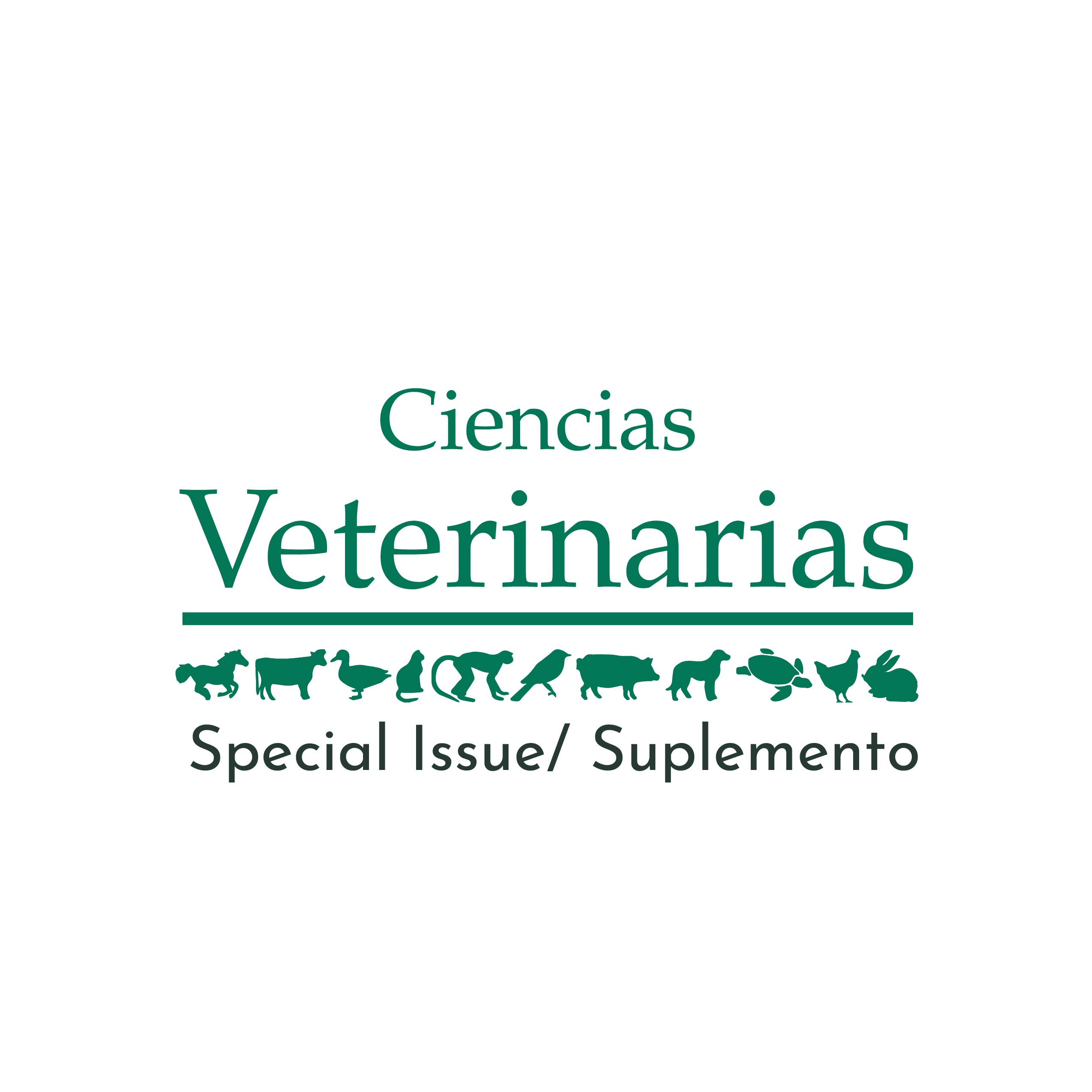Andamios poliméricos 3D para regeneración de tejido oral
DOI:
https://doi.org/10.15359/rcv.37-3.10Resumen
A fundamental base of bioengineering and tissue regeneration is the selection and development of the scaffolds responsible for cell growth. However, finding the “ideal” scaffold depends not only on proposing an innovative idea, but also on considering multiple chemical, biological, and physical aspects that can be manipulated to optimize their future clinical performance. Multiple local variables (such as local inflammation, vascularity, tissue damage, immune response, among others), as well as systemic variables (diseases or concomitant treatments) can favor or affect the scaffold behavior in each case. The selection of the ideal scaffold for each case involves three indispensable steps: design, selection of manufacturing material, and visualization of the future biological function that each biomaterial will perform. The design is always a parallel process with the selection of the ideal biomaterial. Certain “light” scaffolds (such as membranes, hydrogels, or sponges) will require the use of polymers that allow their simple manipulation and early degradation, which in turn can favor the release of charged molecules previously included, obtaining an active scaffold known as drug delivery system. On the other hand, structural scaffolds that are prone to replace block compromised structures may need different designs and production techniques, where three-dimensional printing is included. All of these options should consider important aspects such as bioactivity, regenerative capacity, and biological response of the surrounding tissues. Some alternatives may induce greater cell adhesion and proliferation, while optimizing the osseointegration and healing processes. Other alternatives may play a more “active” role while promoting regeneration processes and controlling local infectious diseases or painful responses. In order to look for the best translational approach of the biomaterial, each option must be chosen with the correct diagnosis of the case to be treated.
Referencias
Jafari M., Paknejad, Z., Rad, M.R., Motamedian, S.R., Eghbal, M.J., Nadjmi, N. & Khojasteh, A. 2017. Polymeric scaffolds in tissue engineering: a literature review. J. Biomed. Mater. Res. B. Appl. Biomater. 105(2): 431-459. DOI: 10.1002/jbm.b.33547
Lu, Y., Aimetti, A.A., Langer, R. & Gu, Z. 2016. Bioresponsive materials. Nat. Rev. 2(16075): 1-17. DOI: 10.1038/natrevmats.2016.75
Ou, K.L. & Hosseinkhani, H. 2014. Development of 3D in Vitro Technology for Medical Applications. Int. J. Mol. Sci. 15(10): 17938-17962. DOI: 10.3390/ijms151017938
Descargas
Publicado
Cómo citar
Número
Sección
Licencia
Licenciamiento de los artículos
Todo artículo se publicará con una licencia:

Licencia Creative Commons Atribución-NoComercial-SinDerivadas 3.0 Costa Rica.
El acceso a esta revista es gratuito, solo se debe citar en forma completa el artículo y la revista.
Los derechos de propiedad intelectual son del autor. Una vez aceptado el artículo para su publicación el autor cede a la Revista los derechos de reproducción.
La Revista de Ciencias Veterinarias autoriza la impresión de artículos y fotocopias para uso personal. También, se promueve el uso para fines educacionales. Especialmente: instituciones podrán crear enlaces a artículos específicos que se encuentren en el servidor de la revista a fin de conformar paquetes de cursos, seminarios o como material de instrucción.
El autor puede colocar una copia de la versión definitiva en su servidor aunque se recomienda que mantenga un enlace al servidor de la revista donde está el artículo original.
Las violaciones de propiedad intelectual recaen sobre quien la realizó. No es responsable la empresa o institución que da acceso a los contenidos, ya sea porque actúa sólo como transmisora de información (por ejemplo, proveedores de acceso a Internet) o porque ofrece servicios públicos de servidores.







